During our two-week stay in Panama’s Cocobolo Nature Reserve, we recorded more than 600 bats of 53 species, more than half the total number known for the entire country. Additional species were netted nearly every night, including two on our final evening. Over our two-weeks of workshops, common vampire bats (Desmodus rotundus) and greater fishing bats (Noctilio leporinus) were participant favorites, though an incredible variety of fruit-, nectar-, and insect-eating species were seen. The hardiest of our group members often worked till dawn, bringing in a steady stream of species for portrait photos, especially during the first week. By the second week much more time was devoted to training bats to come on call, especially to locations where Merlin could photograph natural behavior, such as catching katydids.
Participants learned capture, handling, photographic and conservation techniques. However, learning to train bats was especially exciting. Most bats learned to come on call for mealworm rewards in less than 30 minutes, one in just 15.
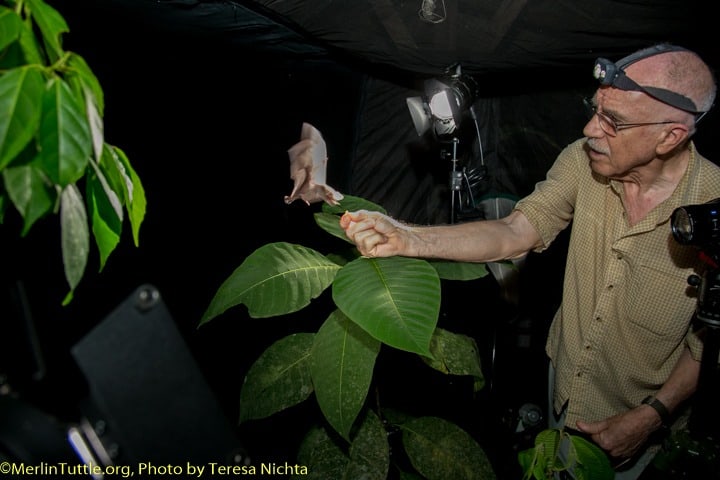
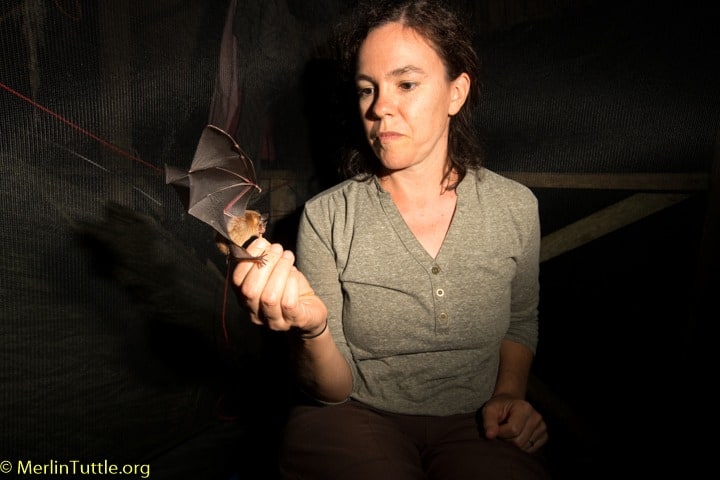
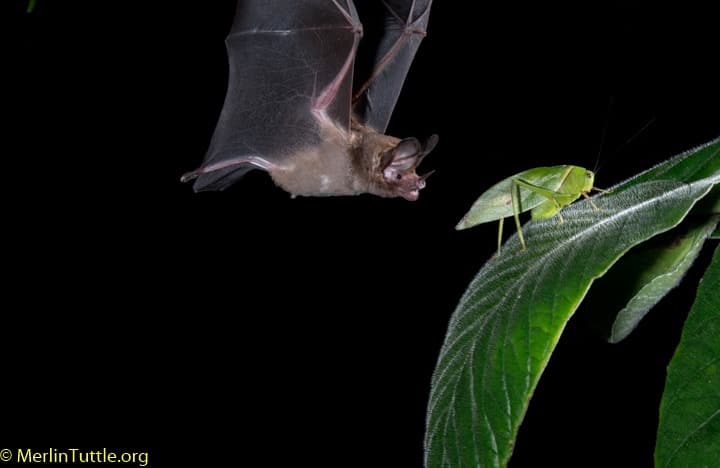
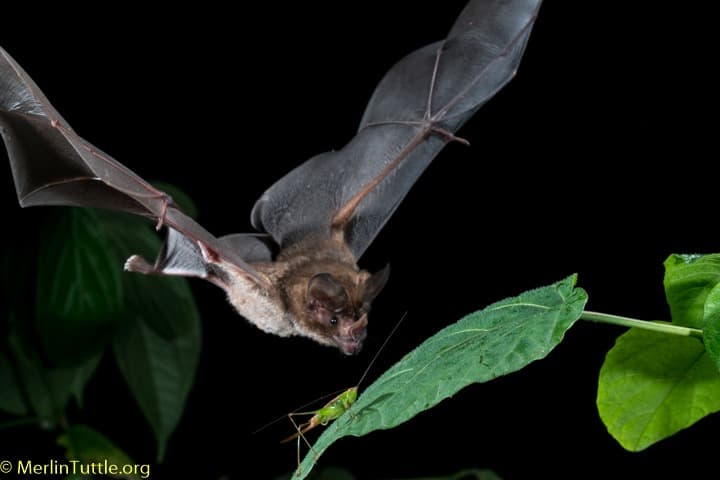
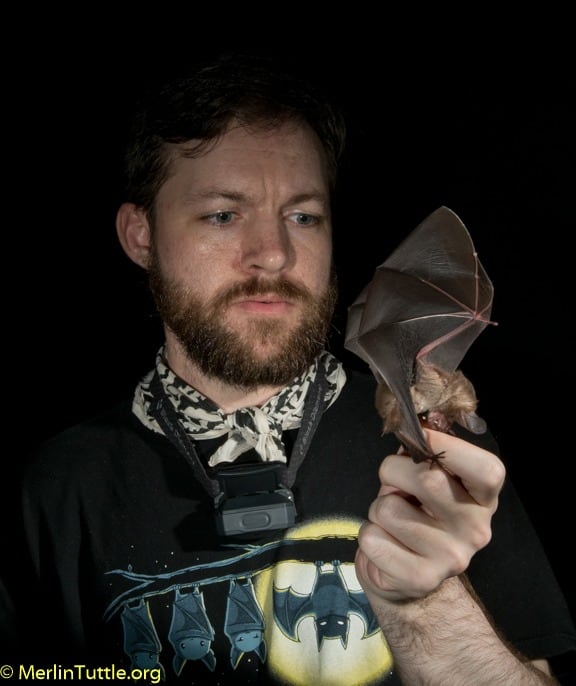
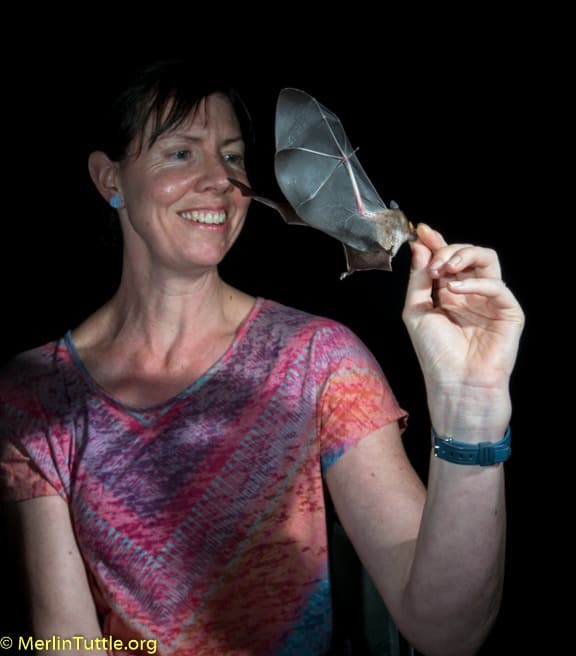
During week two, we found several more interesting day roosts, including colonies of Spix’s disc-winged bats (Thyroptera tricolor) in unfurling Heliconia leaves, common tent-making bats (Uroderma bilobatum) in leaf-tent roosts, and white-throated round-eared bats (Lophostoma silvicolum) in termite roosts.
These disc-winged bats are emerging from their roost, relying on adhesive discs on their wrists and ankles to cling to the slick surface. We were able to carefully bring them and their day roost back to the photography studio, below they are returning to their roost.
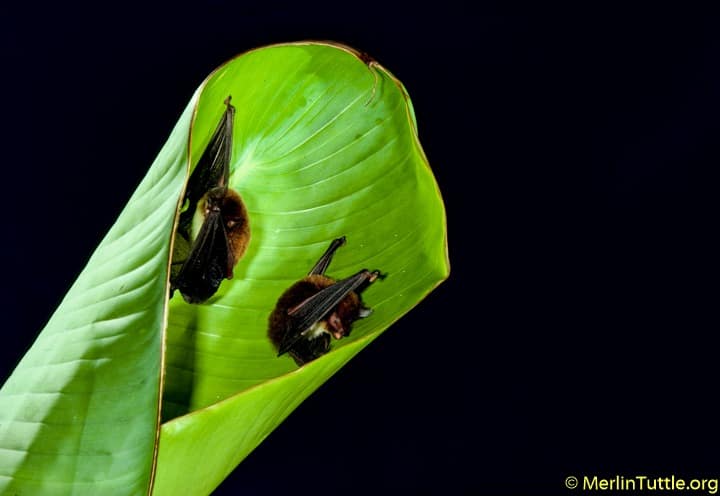
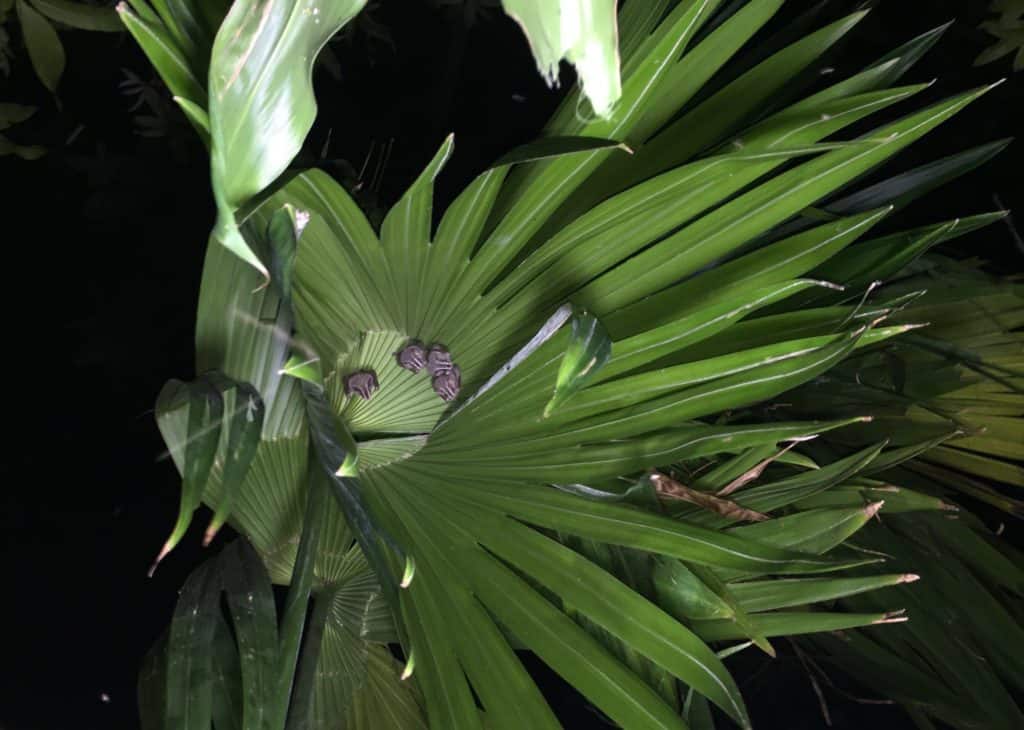
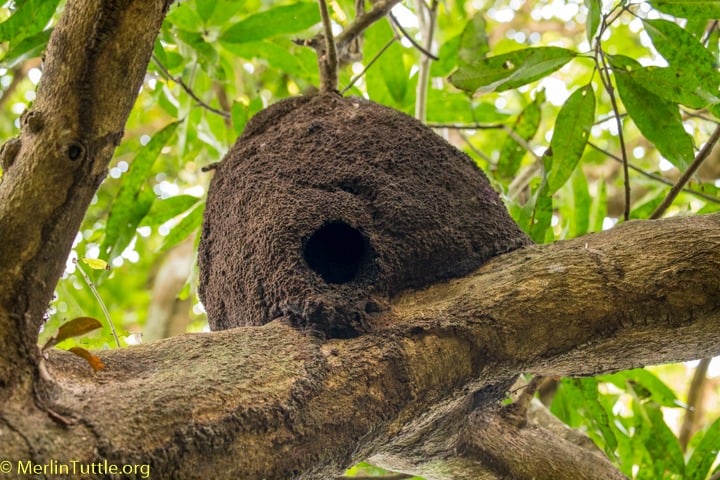
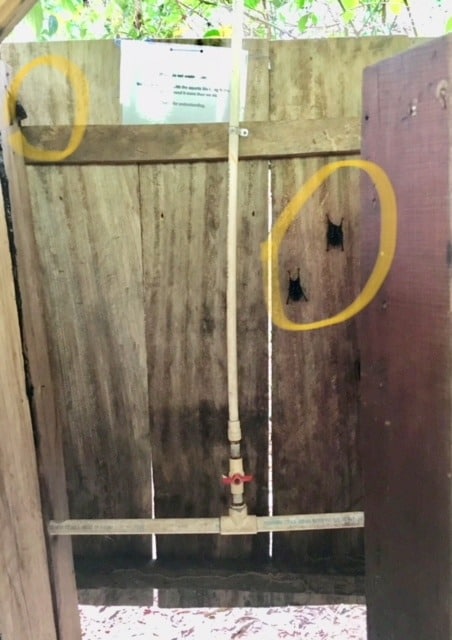
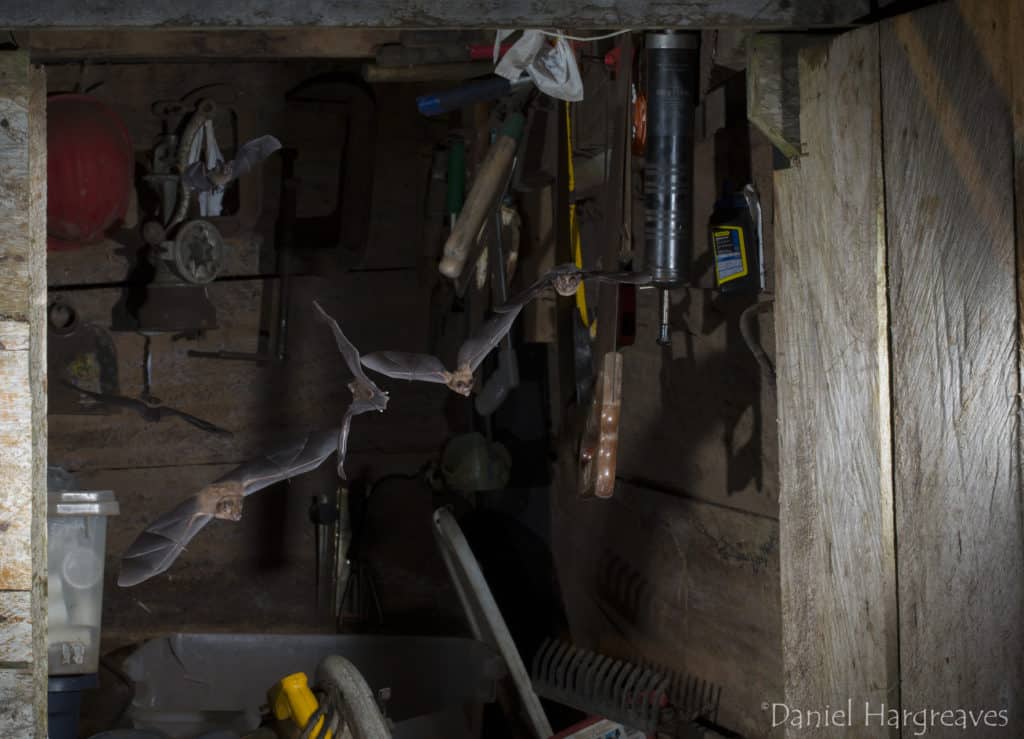
Check out some of the additional species portraits from our second week of field work.
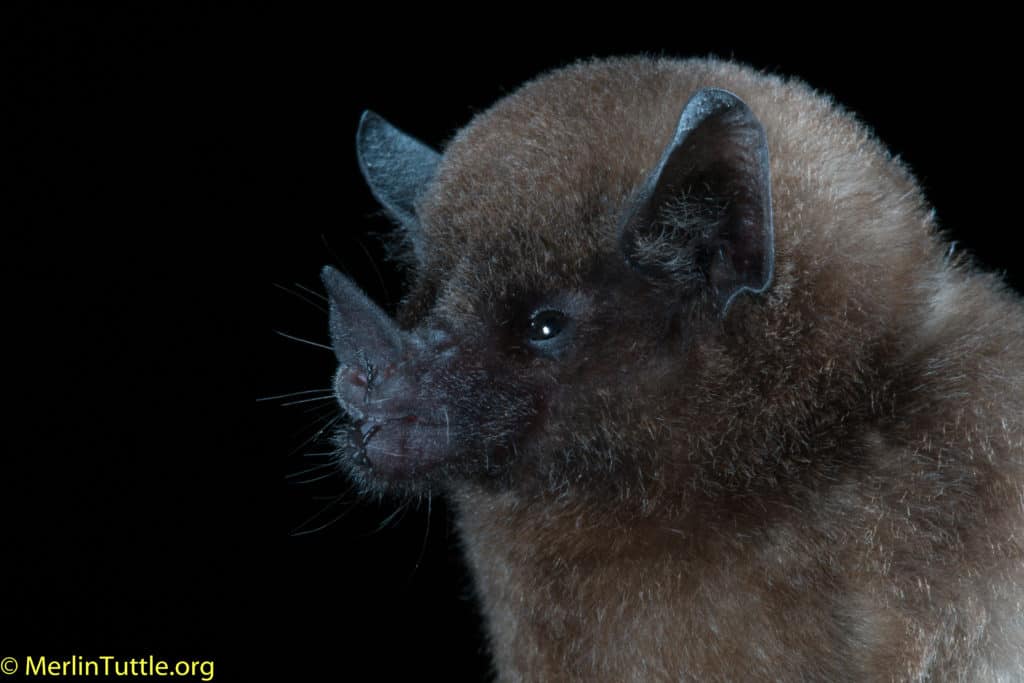
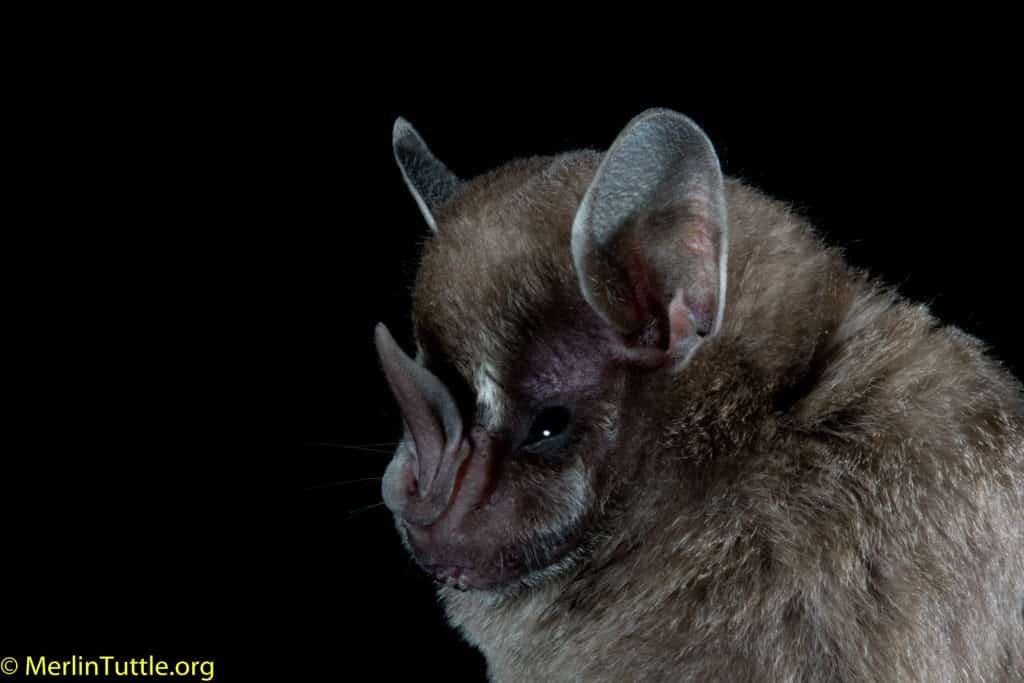
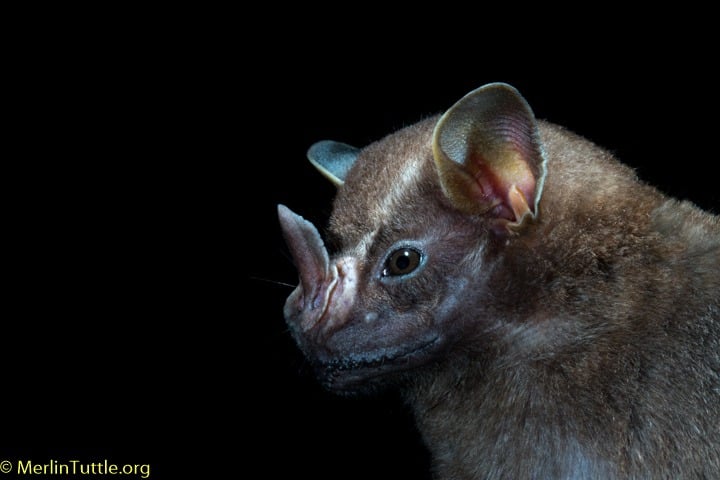
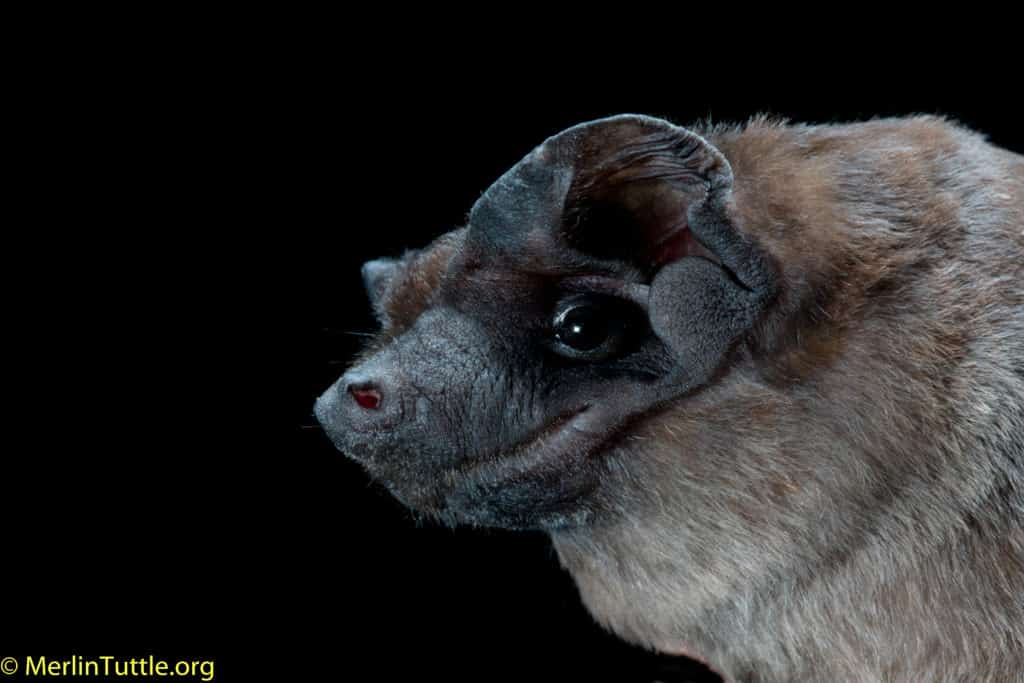
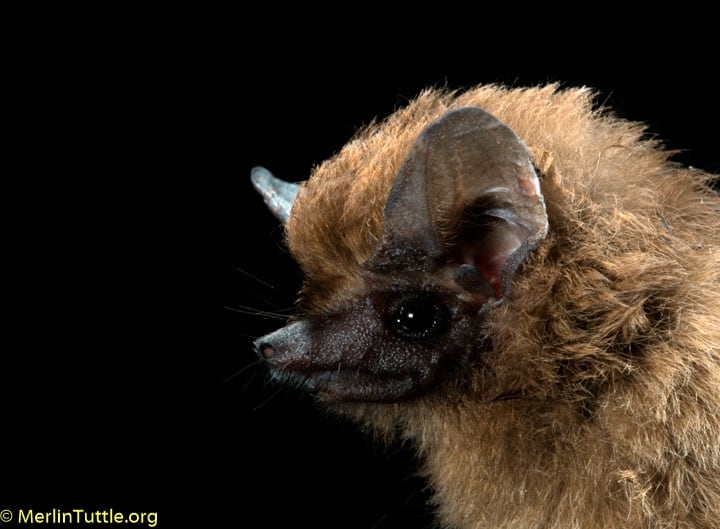
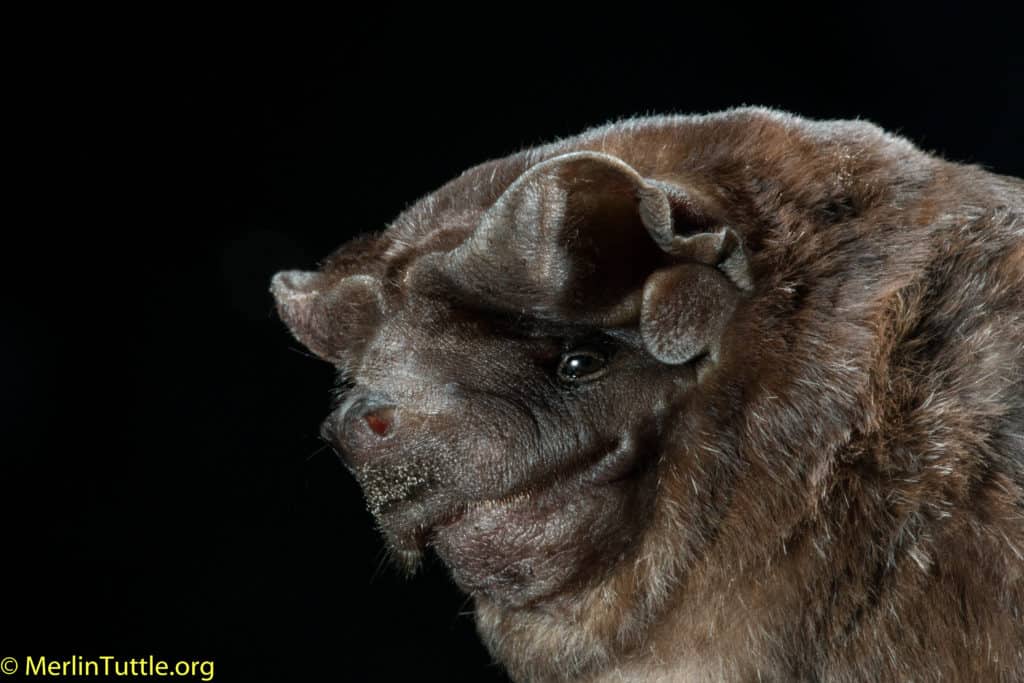
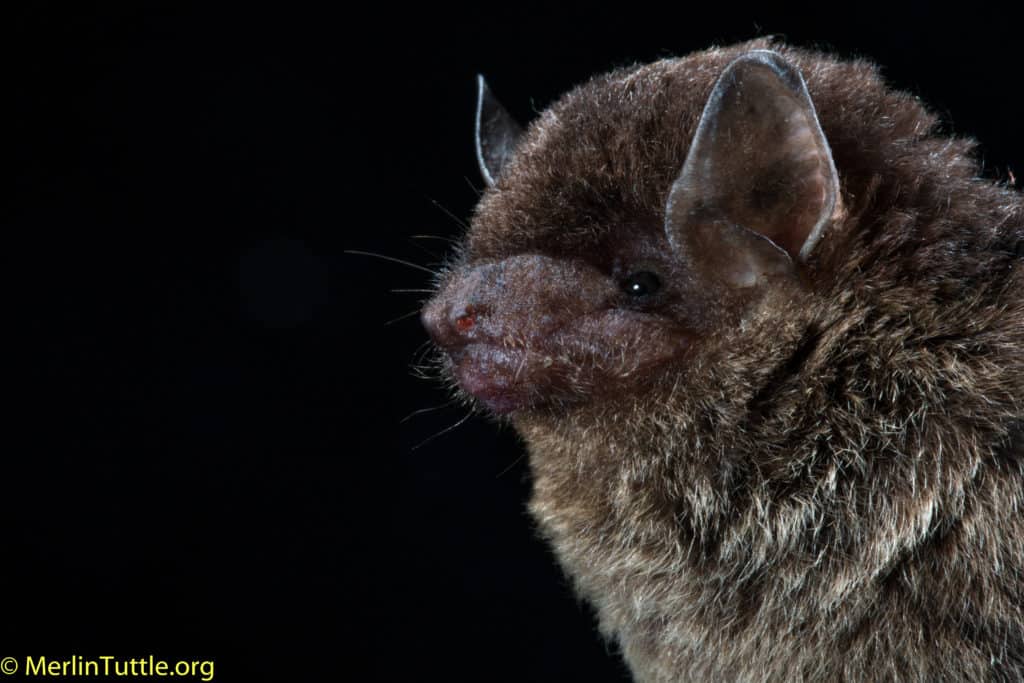
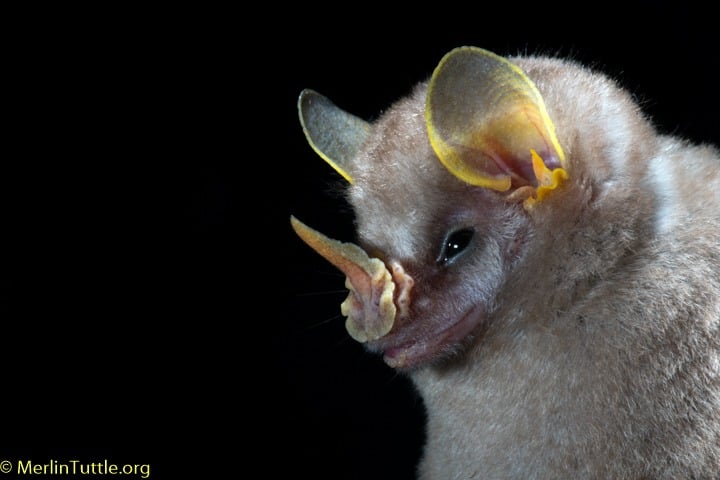
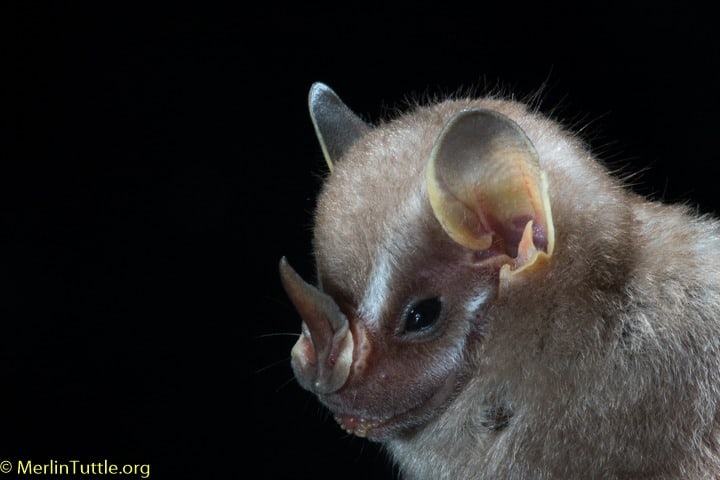
Final count: 53 species from over 600 bats processed in two weeks
- Artibeus glaucus
- Artibeus intermedius
- Artibeus jamaicensis
- Artibeus lituratus
- Artibeus phaeotis
- Artibeus toltecus
- Artibeus watsoni
- Carollia brevicauda
- Carollia castanea
- Carollia perspicillata
- Chiroderma salvini
- Chiroderma trinitatum
- Chiroderma villosum
- Cynomops greenhalli
- Desmodus rotundus
- Eptesicus brasiliensis
- Eptesicus chiriquinus
- Eumops auripendulus
- Glossophaga commissarisi
- Glossophaga soricina
- Hylonycteris underwoodi
- Lasiurus ega
- Lichonycteris obscura
- Lonchophylla robusta
- Lonchophylla thomasi
- Lophostoma silvicolum
- Mesophylla macconnelli
- Micronycteris hirsuta
- Micronycteris microtis
- Mimon crenulatum
- Molossus bondae
- Molossus molossus
- Myotis albescens
- Myotis riparius
- Noctilio albiventris
- Noctilio leporinus
- Peropteryx kappleri
- Peropteryx macrotis
- Phyllostomus discolour
- Phyllostomus hastatus
- Platyrrhinus helleri
- Pteronotus parnellii
- Rhogeessa tumida
- Rhynchonycteris naso
- Saccopteryx bilineata
- Saccopteryx leptura
- Sturnira lilium
- Thyroptera tricolor
- Tonatia saurophila
- Trinycteris nicefori
- Uroderma bilobatum
- Vampyressa thyone
- Vampyrodes caraccioli
